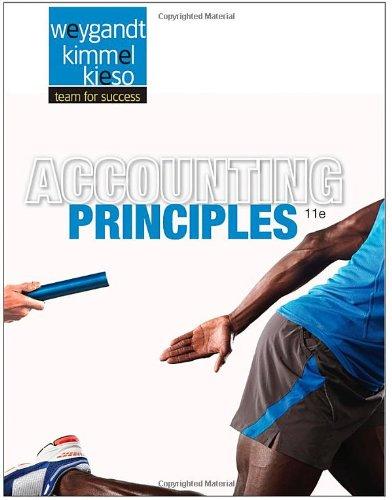Question
PROBLEM SET 4 Data DI C S I C + I G C+I+G XN TE 0 50 50 50 50 100 100 50 50 50
PROBLEM SET 4
Data
| DI | C | S | I | C + I | G | C+I+G | XN | TE |
| 0 | 50 |
| 50 |
| 50 |
| 50 |
|
| 100 | 100 |
| 50 |
| 50 |
| 50 |
|
| 200 | 150 |
| 50 |
| 50 |
| 50 |
|
| 300 | 200 |
| 50 |
| 50 |
| 50 |
|
| 400 | 250 |
| 50 |
| 50 |
| 50 |
|
| 500 | 300 |
| 50 |
| 50 |
| 50 |
|
DI disposable income, C Consumption, S Savings, I Investment, G Government Expenditure, XN Net exports, and TE Total Equilibrium. Please note that TE is also referred to as GDP or Income. So TE or Y = C + I + G + XN
Calculate S, C + I, C + I + G, C + I + G + XN for each level of disposable
income.
Calculate equilibrium using all sectors (TE).
What would the new equilibrium be if I was increased to 100 instead of 50? What would this mean to the economy?
Assume the reserve ratio is 10%
Formula: Potential Expansion Deposits = 1/Reserve Ratio x Excess Reserves
County National Bank
| A | L |
| Reserves 20,000 | 100,000 Deposits |
ER = ______________________ Potential Expansion _____________________
FED (Federal Reserve Bank). buys a $10,000 bond from bank. What is the potential impact on MS (Money Supply)?
FED. buys a $10,000 bond from bank customer. What is the impact on MS?
Is there a difference between 2 and 3? Why?
Assume money supply rule. Growth in Q is 5%; growth in V is 2%. How much should the MS grow to keep P constant? Assume MV = PQ
Step by Step Solution
There are 3 Steps involved in it
Step: 1

Get Instant Access to Expert-Tailored Solutions
See step-by-step solutions with expert insights and AI powered tools for academic success
Step: 2

Step: 3

Ace Your Homework with AI
Get the answers you need in no time with our AI-driven, step-by-step assistance
Get Started


